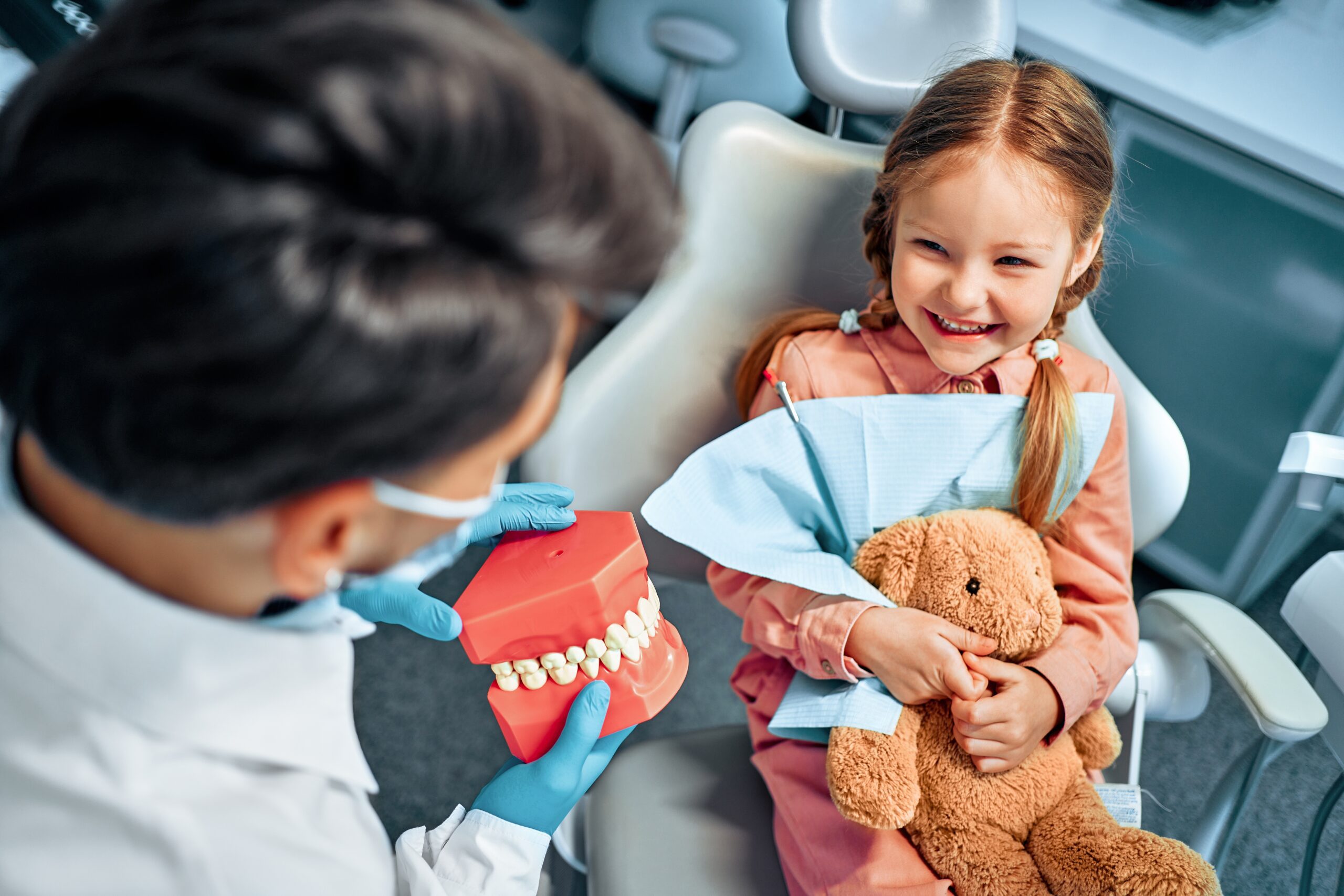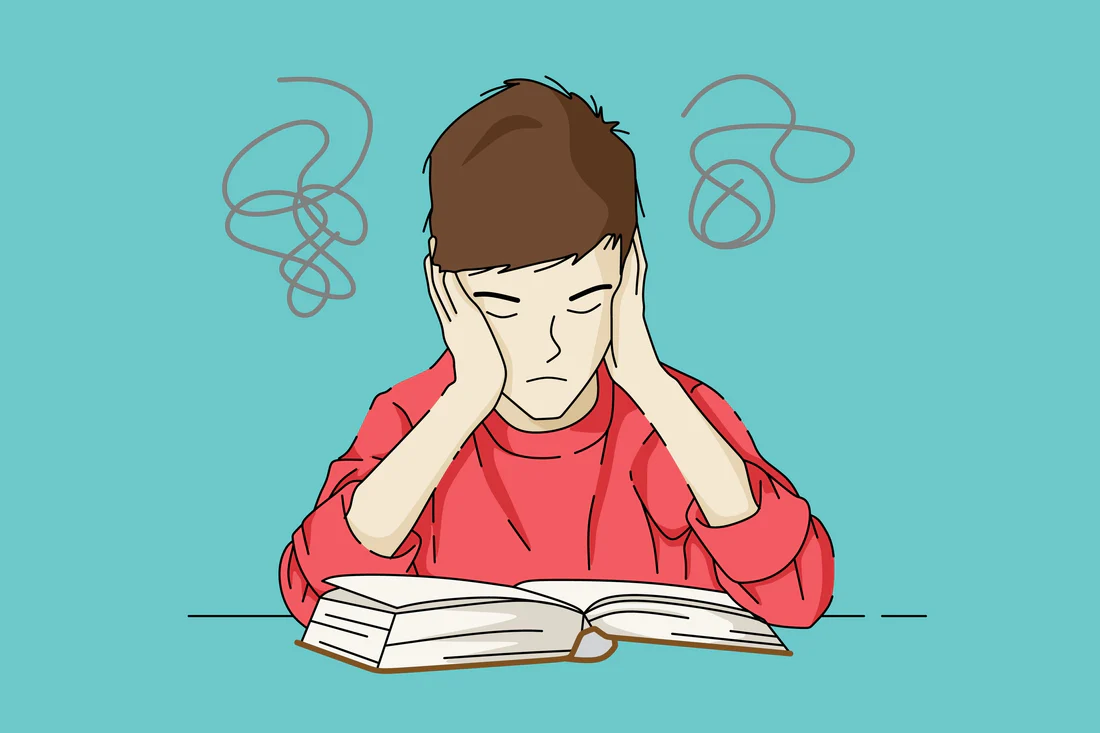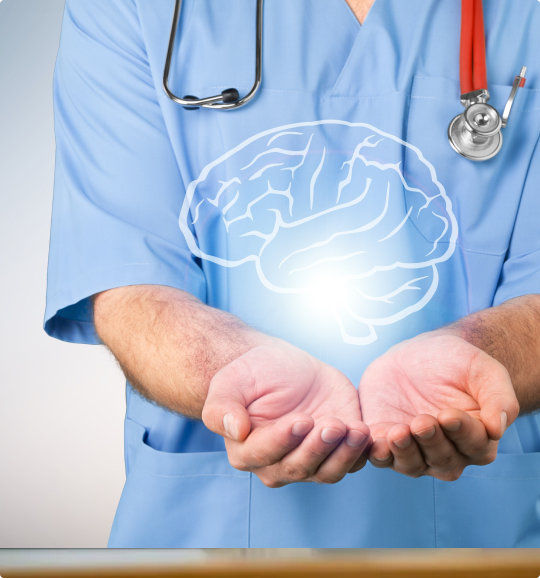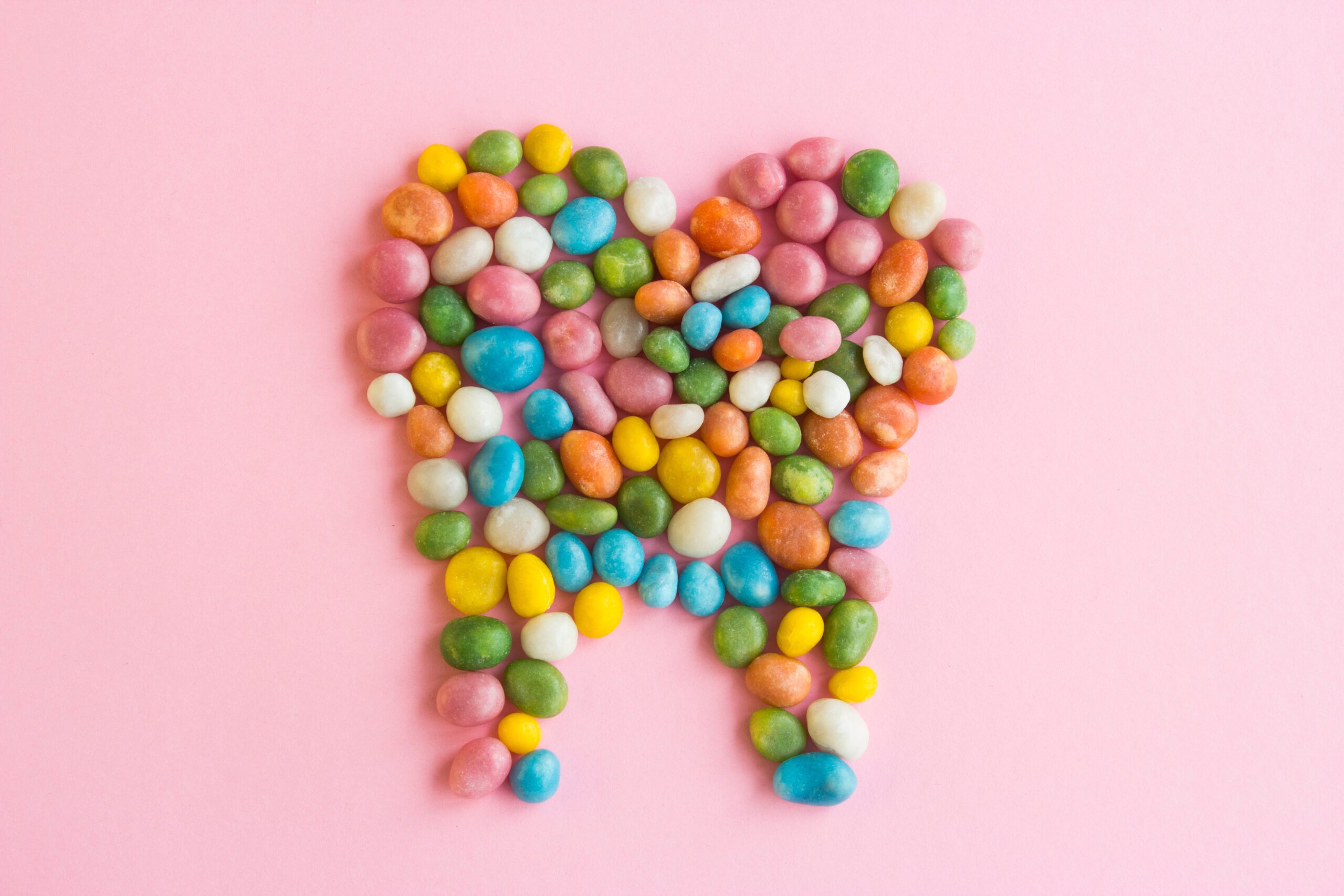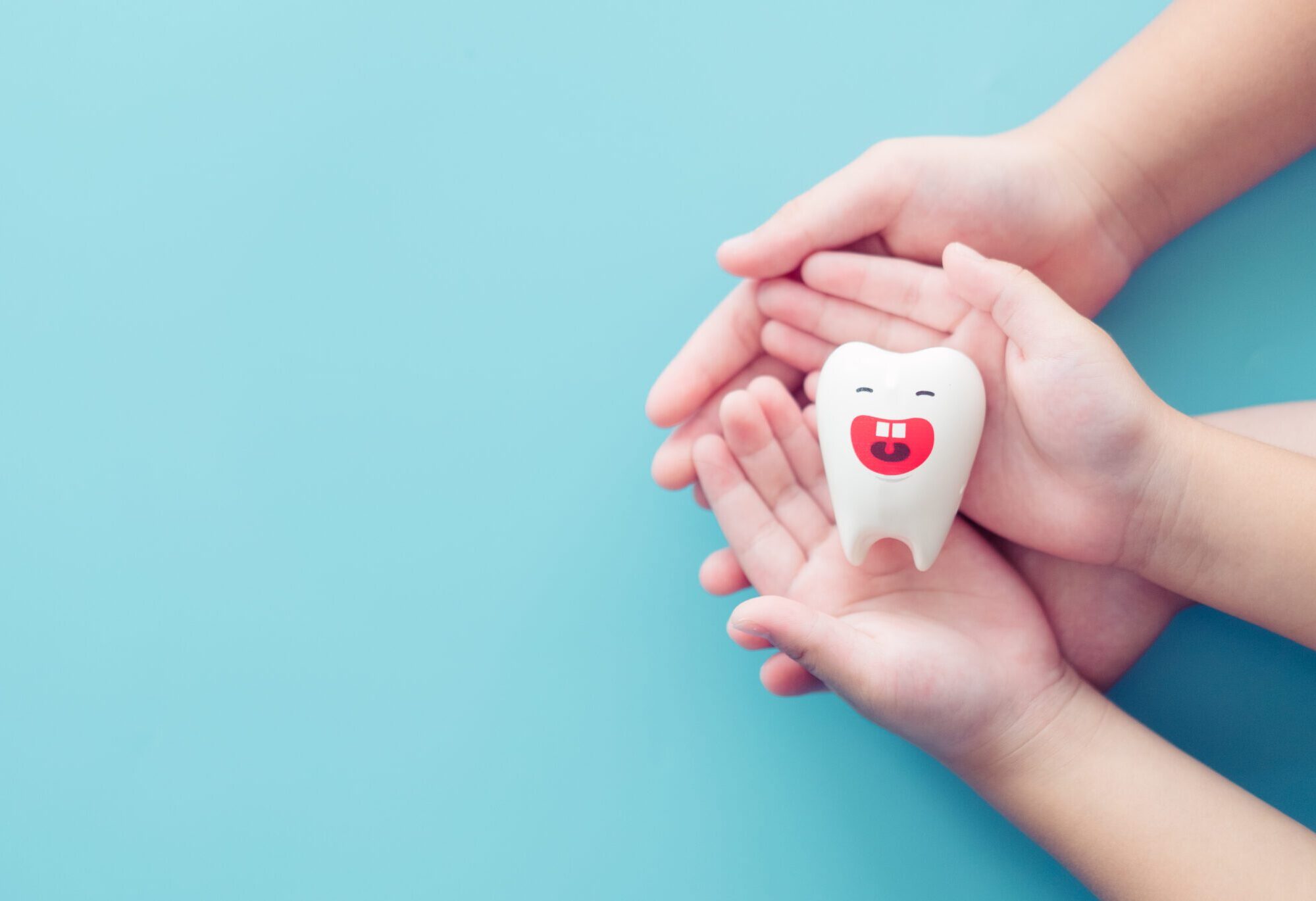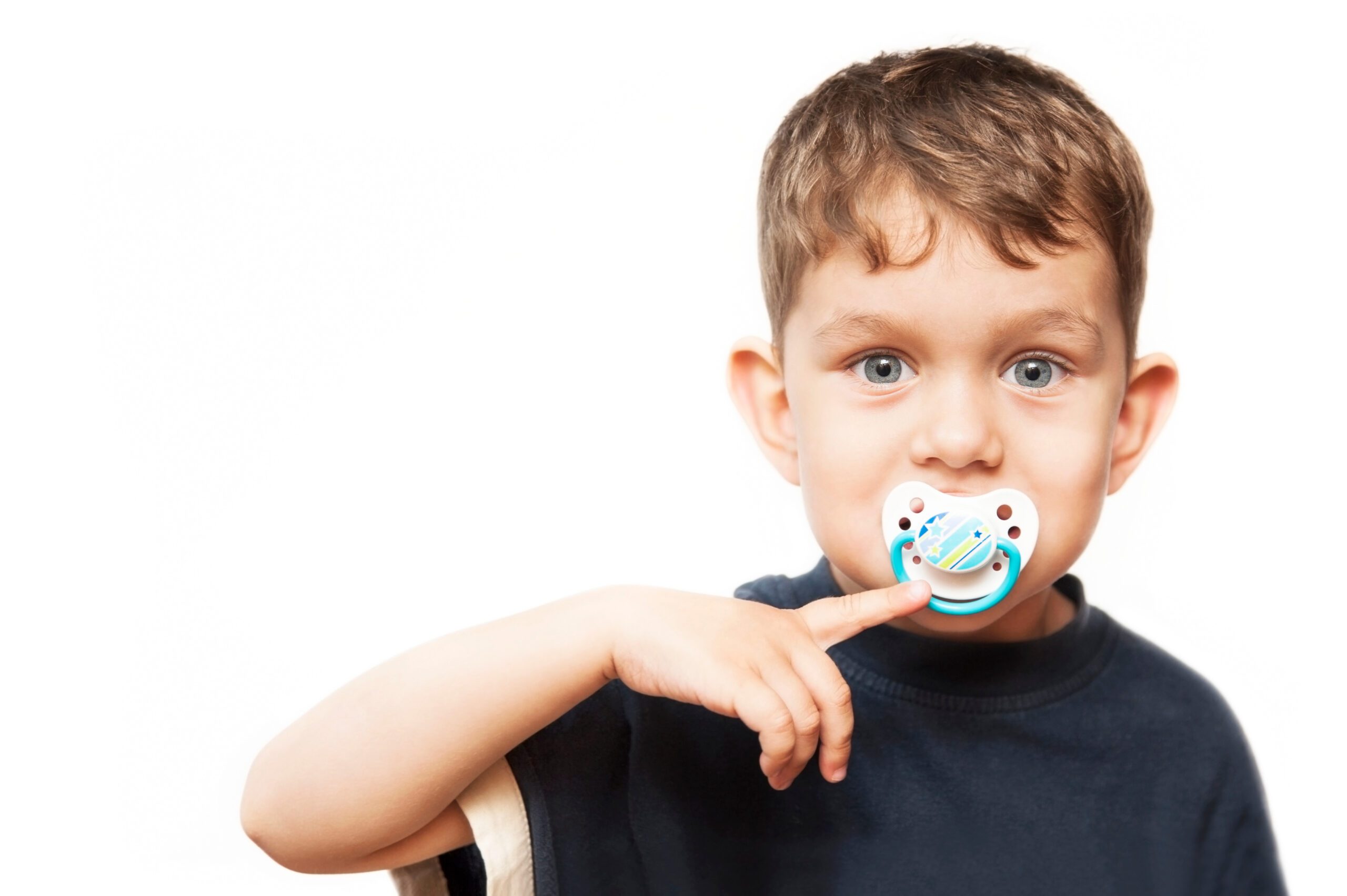
Sensory Processing Disorder
- Signs and Symptoms of Sensory Processing Disorder in Children
- Sensory Processing Disorder in Teens: Signs, Symptoms, Diagnosis & Treatment
- Sensory Processing Disorder (SPD) in Adults: Signs, Diagnosis, Treatment & Coping Strategies
- Types of Sensory Processing Disorder (SPD): Symptoms, Characteristics & Treatment
- Sensory Processing Disorder Treatment Options & Best Therapies for SPD in Children and Adults
- Living with Sensory Processing Disorder: Daily Tips, Support Strategies, and Family Guidance
- Vestibular and Proprioceptive Processing in Sensory Processing Disorder (SPD)
- Causes and Risk Factors of Sensory Processing Disorder (SPD): What Science Knows
- How Is Sensory Processing Disorder Diagnosed? Tests, Signs, and Evaluation Tools
- Stimming Behaviors in Sensory Processing Disorder: What They Are and Why They Matter
- Sensory Processing Disorder and Learning: How Sensory Challenges Affect Education
- Sensory Diet Strategies for Kids: Effective Tools for Sensory Regulation
- Sensory Integration Disorder and Sensory Integration Therapy
- Sensory Discrimination Disorder
- Sensory Modulation Disorder: Symptoms, Subtypes, and Treatment Strategies
- Sensory Over-Responsivity (SOR): Signs, Causes, and How to Help Kids and Adults Cope
- Sensory Under-Responsivity: Signs, Causes, and Support for Children and Adults
- Sensory-Based Motor Disorder: Signs, Symptoms, and Effective Treatments for Children and Adults
- Visual Processing Disorder: Signs, Symptoms & How to Support Visual Learning Challenges
- Auditory Processing Disorder (APD): Symptoms, Diagnosis & Treatment for Children and Adults
- Sensory Seeking/Craving: Understanding, Identifying, and Supporting Sensory Seekers
- Dyspraxia (Developmental Coordination Disorder): Understanding SBMD and Its Impact
- Postural Disorder: Causes, Symptoms & Treatment | Sensory-Based Motor Disorder Guide
Sensory Over-Responsivity (SOR): Signs, Causes, and How to Help Kids and Adults Cope

Authored by: The DrSensory Editorial Team
Reviewed by: 🛡️ DrSensory Clinical Review Board
Last updated: June 2025
- How Sensory Over-Responsivity Affects Daily Life
- How Is Sensory Over-Responsivity Diagnosed?
- Treatment and Therapy for Sensory Over-Responsivity
- At-Home Support and Sensory Strategies
- Is sensory over-responsivity the same as sensory sensitivity?
- Can sensory over-responsivity be mistaken for ADHD or autism?
- Do kids grow out of sensory over-responsivity?
- What triggers sensory over-responsivity?
- Can adults have sensory over-responsivity?
What Is Sensory Over-Responsivity (SOR)?
Sensory Over-Responsivity (SOR) is a subtype of Sensory Processing Disorder (SPD) and specifically falls under Sensory Modulation Disorder. People with SOR respond to sensory input with intensity, anxiety, or avoidance, even when the stimuli are harmless or mild.
Common triggers include:
- Loud or unexpected noises
- Clothing textures or tags
- Bright lights
- Certain food textures
- Light touch or unexpected contact
Children or adults with SOR may appear anxious, hyperreactive, or overwhelmed in typical daily situations. These reactions are neurological—not behavioral—and result from how the brain interprets sensory input.
Signs and Symptoms of Sensory Over-Responsivity
Signs of SOR vary by individual and sensory system affected, but common symptoms include:
- Auditory Sensitivity: Covers ears at common sounds, avoids noisy environments
- Tactile Sensitivity: Hates clothing seams, hair brushing, or messy textures
- Visual Sensitivity: Dislikes bright lights or fast-moving visuals
- Oral Sensitivity: Gags at certain textures or resists new foods
- Emotional Reactions: Meltdowns, tantrums, or panic in overstimulating situations
- Avoidance Behaviors: Avoids playgrounds, crowds, or physical contact
SOR is often mistaken for anxiety, ADHD, or behavioral issues—making accurate identification and support essential.
What Causes Sensory Over-Responsivity?
SOR is believed to stem from neurological differences in how the brain processes sensory information. Rather than filtering input efficiently, the brain may misinterpret benign stimuli as threatening or overwhelming.
Possible contributing factors include:
- Genetics or family history of sensory processing issues
- Premature birth or birth complications
- Prenatal stress or environmental exposure
- Co-occurring conditions such as autism, ADHD, or anxiety
- Sensory deprivation or trauma during early development
SOR is not caused by parenting or personality—it’s a neurodevelopmental condition recognized by occupational therapists and neuroscience researchers.
How Sensory Over-Responsivity Affects Daily Life
SOR can have a major impact on a person’s ability to function, learn, and socialize. For children, common challenges include:
- Trouble focusing in noisy classrooms
- Emotional outbursts from clothing discomfort or surprise touch
- Avoidance of social play or group settings
- Difficulty with grooming or dressing routines
In adults, SOR may manifest as:
- Fatigue from sensory overload
- Irritability in busy environments
- Avoidance of bright lights, loud workplaces, or crowded areas
These reactions are real, exhausting, and deeply affect quality of life.
How Is Sensory Over-Responsivity Diagnosed?
SOR is diagnosed through a comprehensive sensory evaluation by an occupational therapist (OT). This includes:
- Developmental history and parent interviews
- Standardized questionnaires (e.g., Sensory Profile 2, SPM)
- Direct observation of behavior and reactions to stimuli
- Rule-out of other conditions (e.g., hearing loss, anxiety disorders)
While SOR is not a formal diagnosis in the DSM-5, it is widely recognized in occupational therapy and supported by clinical research.
Treatment and Therapy for Sensory Over-Responsivity
Occupational Therapy using Sensory Integration techniques is the most effective approach to treating SOR. Treatment goals include:
- Helping the brain adapt to sensory input more efficiently
- Increasing tolerance for specific triggers
- Reducing emotional reactivity and anxiety
Therapies may involve:
- Gradual exposure to sensory stimuli in a safe environment
- Play-based sensory integration activities
- Deep pressure therapy (e.g., weighted blankets, compression clothing)
- Parent coaching and home sensory strategies
Therapy is personalized and often delivered 1–2 times per week, with measurable goals and home reinforcement.
At-Home Support and Sensory Strategies
Caregivers can support children with SOR at home through a custom sensory diet and calming routines. Examples include:
- Weighted blankets or vests
- Noise-canceling headphones in noisy settings
- Fidget tools or chewable jewelry
- Slow, rhythmic activities (e.g., swinging, rocking, yoga)
- Predictable routines and sensory-friendly spaces
Consistency and collaboration with a therapist are key to helping kids self-regulate and feel safe.
Is sensory over-responsivity the same as sensory sensitivity?
Yes—Sensory Over-Responsivity (SOR) is the clinical term for what many parents describe as “sensory sensitivity.” It means the nervous system responds too strongly or negatively to sensory input like sound, touch, or movement. It’s a recognized subtype of Sensory Processing Disorder.
Can sensory over-responsivity be mistaken for ADHD or autism?
Absolutely. Children with SOR may appear fidgety, avoidant, or emotionally reactive—behaviors often seen in ADHD or autism spectrum disorder (ASD). However, these reactions are rooted in sensory overload, not necessarily attention or social deficits. A proper evaluation is essential.
Do kids grow out of sensory over-responsivity?
Some children show improvement as their nervous system matures, especially with early intervention and therapy. However, without support, symptoms can persist into adolescence or adulthood. Ongoing sensory strategies and therapy often help individuals manage their environment better.
What triggers sensory over-responsivity?
Common triggers include:
- Loud sounds (sirens, vacuum cleaners)
- Tags or seams in clothing
- Brushing teeth or cutting nails
- Crowded, bright environments
- Sudden touch or changes in routine
Each person’s triggers are different, and identifying them is key to creating a sensory-friendly routine.
Can adults have sensory over-responsivity?
Yes. Adults with SOR may struggle with bright lights, certain fabrics, background noise, or crowded spaces. Many were not diagnosed as children but learn later in life that their discomforts are related to sensory processing differences. Occupational therapy and sensory-friendly habits can help.
This page provides general educational content and is not a substitute for professional medical advice. Always consult a licensed provider for diagnosis and treatment.
View privacy policy, copyright and trust info
More on SPD

- Signs and Symptoms of Sensory Processing Disorder in Children
- Sensory Processing Disorder in Teens: Signs, Symptoms, Diagnosis & Treatment
- Sensory Processing Disorder (SPD) in Adults: Signs, Diagnosis, Treatment & Coping Strategies
- Types of Sensory Processing Disorder (SPD): Symptoms, Characteristics & Treatment
- Sensory Processing Disorder Treatment Options & Best Therapies for SPD in Children and Adults
- Living with Sensory Processing Disorder: Daily Tips, Support Strategies, and Family Guidance
- Vestibular and Proprioceptive Processing in Sensory Processing Disorder (SPD)
- Causes and Risk Factors of Sensory Processing Disorder (SPD): What Science Knows
- How Is Sensory Processing Disorder Diagnosed? Tests, Signs, and Evaluation Tools
- Stimming Behaviors in Sensory Processing Disorder: What They Are and Why They Matter
- Sensory Processing Disorder and Learning: How Sensory Challenges Affect Education
- Sensory Diet Strategies for Kids: Effective Tools for Sensory Regulation
- Sensory Integration Disorder and Sensory Integration Therapy
- Sensory Discrimination Disorder
- Sensory Modulation Disorder: Symptoms, Subtypes, and Treatment Strategies
- Sensory Over-Responsivity (SOR): Signs, Causes, and How to Help Kids and Adults Cope
- Sensory Under-Responsivity: Signs, Causes, and Support for Children and Adults
- Sensory-Based Motor Disorder: Signs, Symptoms, and Effective Treatments for Children and Adults
- Visual Processing Disorder: Signs, Symptoms & How to Support Visual Learning Challenges
- Auditory Processing Disorder (APD): Symptoms, Diagnosis & Treatment for Children and Adults
- Sensory Seeking/Craving: Understanding, Identifying, and Supporting Sensory Seekers
- Dyspraxia (Developmental Coordination Disorder): Understanding SBMD and Its Impact
- Postural Disorder: Causes, Symptoms & Treatment | Sensory-Based Motor Disorder Guide
Find a Therapist near you
Are you looking for a physical, occupational, or speech therapist in your area?
Look no further than the DrSensory Therapist Database and Clinic Directory!
Find a Therapist
Find the physical therapist, occupational therapist, or speech language pathologist you’re looking for!
Ask Us Anything
Whether you are looking for advice, have a general question about sensory processing, or looking for resources.
Submit Your Story
Share your story about your child. Let’s celebrate milestones and learn more about challenges.









































